Weimar Germany (1918-1929) Review
1/29
Earn XP
Description and Tags
These flashcards cover essential terms and events relevant to the Weimar Republic in Germany from 1918 to 1929, helping students prepare for exams.
Name | Mastery | Learn | Test | Matching | Spaced |
|---|
No study sessions yet.
30 Terms
Weimar Republic
The democratic government established in Germany after World War I in 1919.
Hyperinflation
A period of extreme inflation in Germany in the early 1920s, leading to the devaluation of the German mark.
Treaty of Versailles
The peace treaty signed in 1919 that ended World War I, imposing heavy reparations and territorial losses on Germany.
Stresemann
Gustav Stresemann, a key political figure in the Weimar Republic, who served as Chancellor and later as Foreign Minister, notable for his role in improving Germany's economy and international standing.
Spartacist Uprising
A failed communist revolt in January 1919, led by Karl Liebknecht and Rosa Luxemburg of the KPD (German Communist Party), against the Weimar government.
Kapp Putsch
A failed coup attempt in March 1920 by right-wing factions who sought to overthrow the Weimar government.
Dawes Plan
A 1924 plan to resolve German reparations payments by providing loans from the US and restructuring Germany's payments.
Locarno Treaties
A series of treaties that settled Germany's disputed borders with France, Belgium, Czech, and Poland
[Stresemann & Western European Allies] 1925
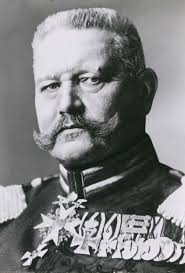
Paul von Hindenburg
The conservative president of the Weimar Republic elected in 1925, who played a crucial role in German politics during the late Weimar period.
Freikorps
Paramilitary groups made up of former soldiers that were used by the Weimar government to suppress uprisings.
Article 48
A provision in the Weimar Constitution allowing the President to rule by decree in emergencies.
Kellogg-Briand Pact
An international agreement signed in 1928 to condemn war as a method for resolving disputes. Failed due to no means of enforcement. Did not take into consideration war for self defense.
November Revolution
The events that led to the abdication of Kaiser Wilhelm II and the establishment of the Weimar Republic in November 1918.
Reichstag
The German parliament, which played a central role in the legislative process of the Weimar Republic.
Ebert-Groener Pact
An agreement between the Weimar government and military to suppress left-wing uprisings in exchange for allowing military to maintain their authority
SPD
The Social Democratic Party in Germany, based on Marx's Ideology. It dominated the first couple of years of the Weimar Republic through 1920 with three chancellors (Scheidemann, Bauer, and Muller, who later served again from 1928-30)
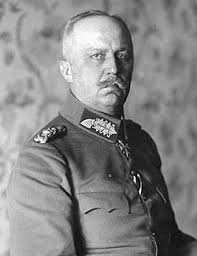
Erich Ludendorff
German general who assisted Paul von Hindenburg in achieving victories at the Battle of Tannenberg and the Battle of the Masurian Lakes. Throughout the rest of the war, Ludendorff continued to serve Hindenburg, first as chief of staff and later as quartermaster general.
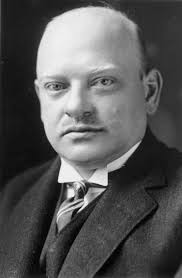
Gustav Stresemann
Assumed leadership of Germany as Chancellor in August 1923. Credited with solving hyperinflation with a new currency.
Heinrich Brüning
Chancellor from March 1930-May 1932. Did not hold Reichstag majority. Nazis became the second largest party during his ruling.
Franz von Papen
Chancellor of Germany who succeeded Bruning and ruled without Reichstag support. He convinced Von Hindenburg to dissolve the Reichstag using Article 48 powers and call for new elections which was supported by NAZIs and Communists. The result was the November 1932 elections. He was replaced by Kurt Von Schleicher but betrayed him to support a Hitler Cabinet.
Kurt von Schleicher
Influential army leader who had supported VON PAPEN as head of a Nationalist government in 1932 then succeeded him (from Dec. 1932-January 1933) where he tried to be a "socialist NAZI" but failed. Later worked to get Hitler as Chancellor. Hitler replaced him.
Dawes Plan
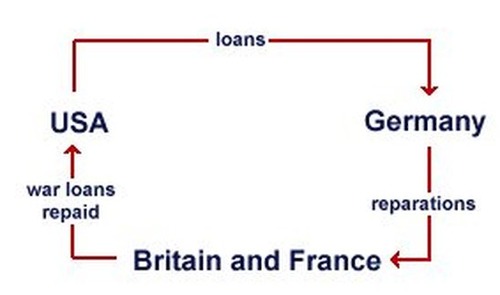
Ernst Rohm
Founder of the SA (another paramilitary organization, a part of the old Nazi party, the predecessor to SS) German officer and early Nazi leader, was later executed by Hitler as a potential rival during the Night of the Long Knives
Sturmabteilung (SA)
Meaning "storm troops", Hitler's brown-shirted supporters employed to beat up opponents. Chief Nazi instrument of terror / intimidation for other parties, private party "army" even though treaty of versailles forbade one
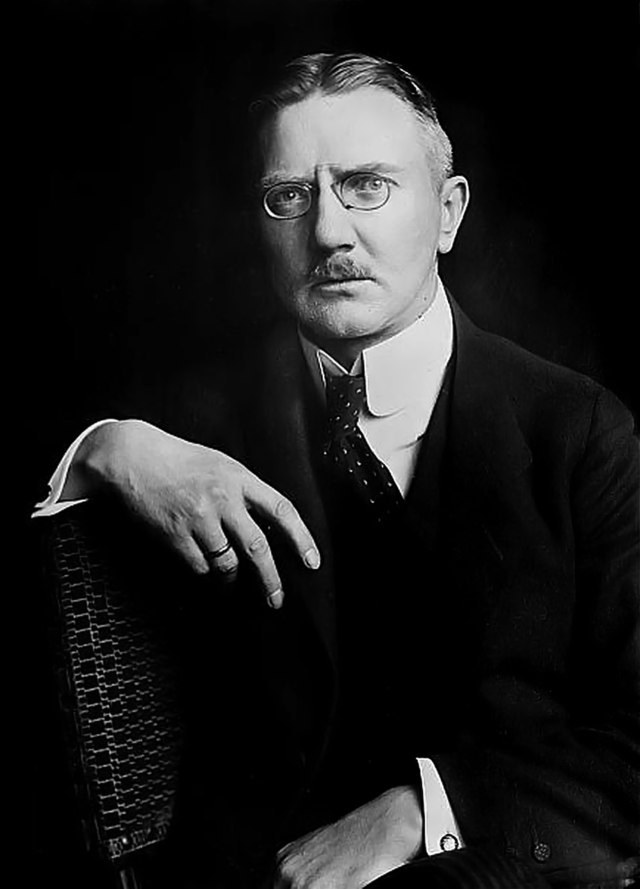
Hjalmar Schacht
appointed head of Reichbank by Ebert and again by Hitler in 1933 but was sacked because he opposed the war economy (wehrwirtschaft). He introduced the rentenmark and was a key figure in stabilizing German economy in the 1920s.
Enabling act
[March 1933.] gave Hitler absolute power for four years, which he used to take over the bureaucracy and implant his own sub Nazi groups in government that were only responsible to him. These acts meant that Hitler had attained power of Germany in a legal, legitimate process.
Rhineland Pact 1925
This pact confirmed Germany's acceptance of its Western border with the loss of Alsace-Lorraine. The borders were guaranteed by Britain, Italy, Belgium, and France. The French promised to withdraw troops from the Rhineland.
Herman Göring
Joined the Nazi Party in 1923 and was one of Hitler's most trusted advisors. With Himmler, he helped arrange the Night of Long Knives, supervised the Four-Year Plans and was later head of the Luftwaffe
Gleichschaltung
the German term applied to the Nazification of German society following the Nazi seizure of power in 1933
Night of the Long knives 1934
June 30, 1934. Hitler eliminated many enemies (including Rohm & other Nazis). This was an important step in Hitler's consolidation of power.